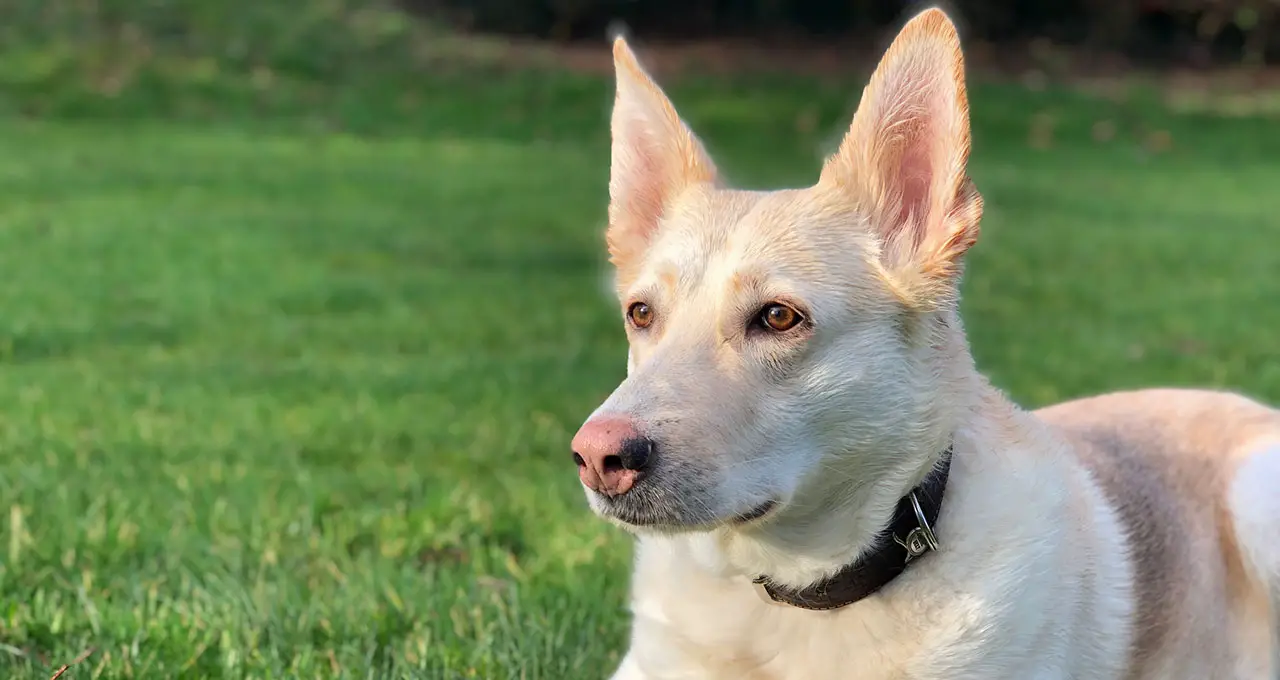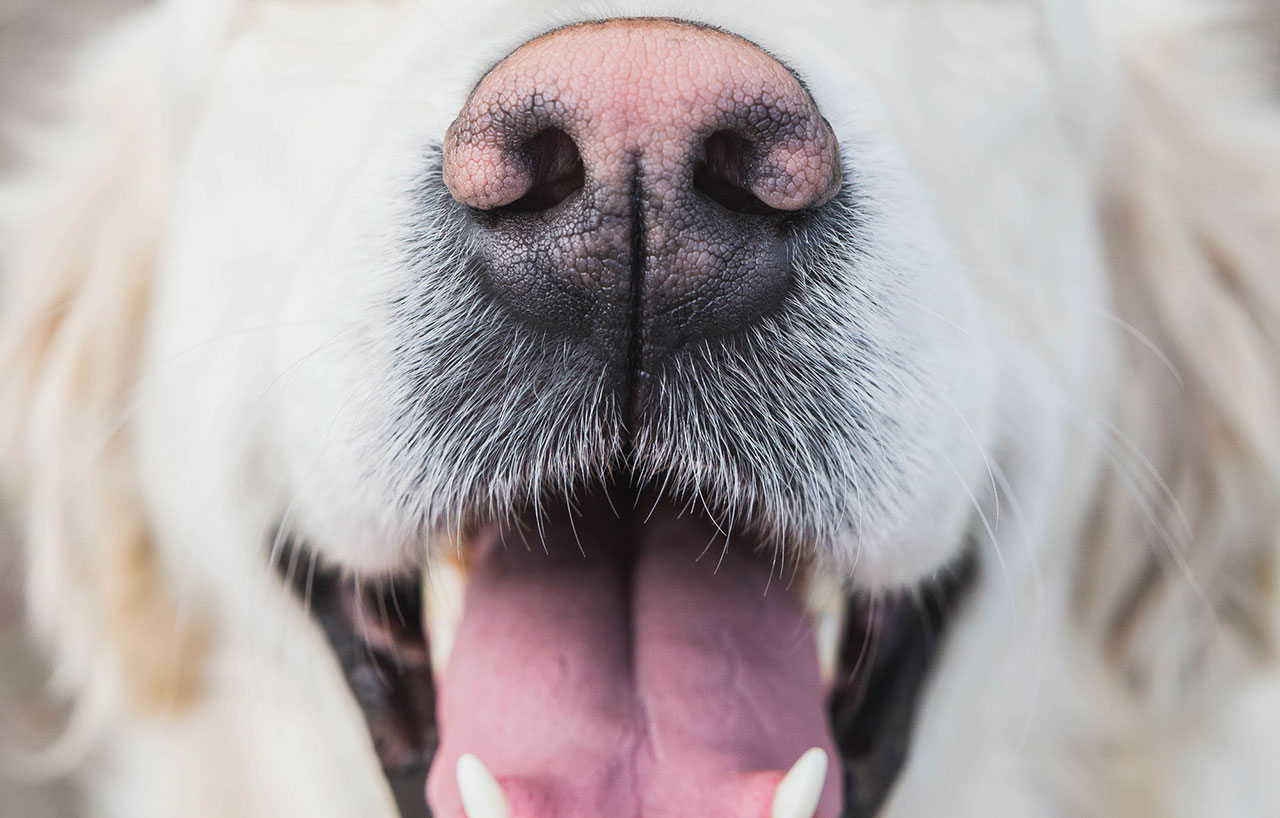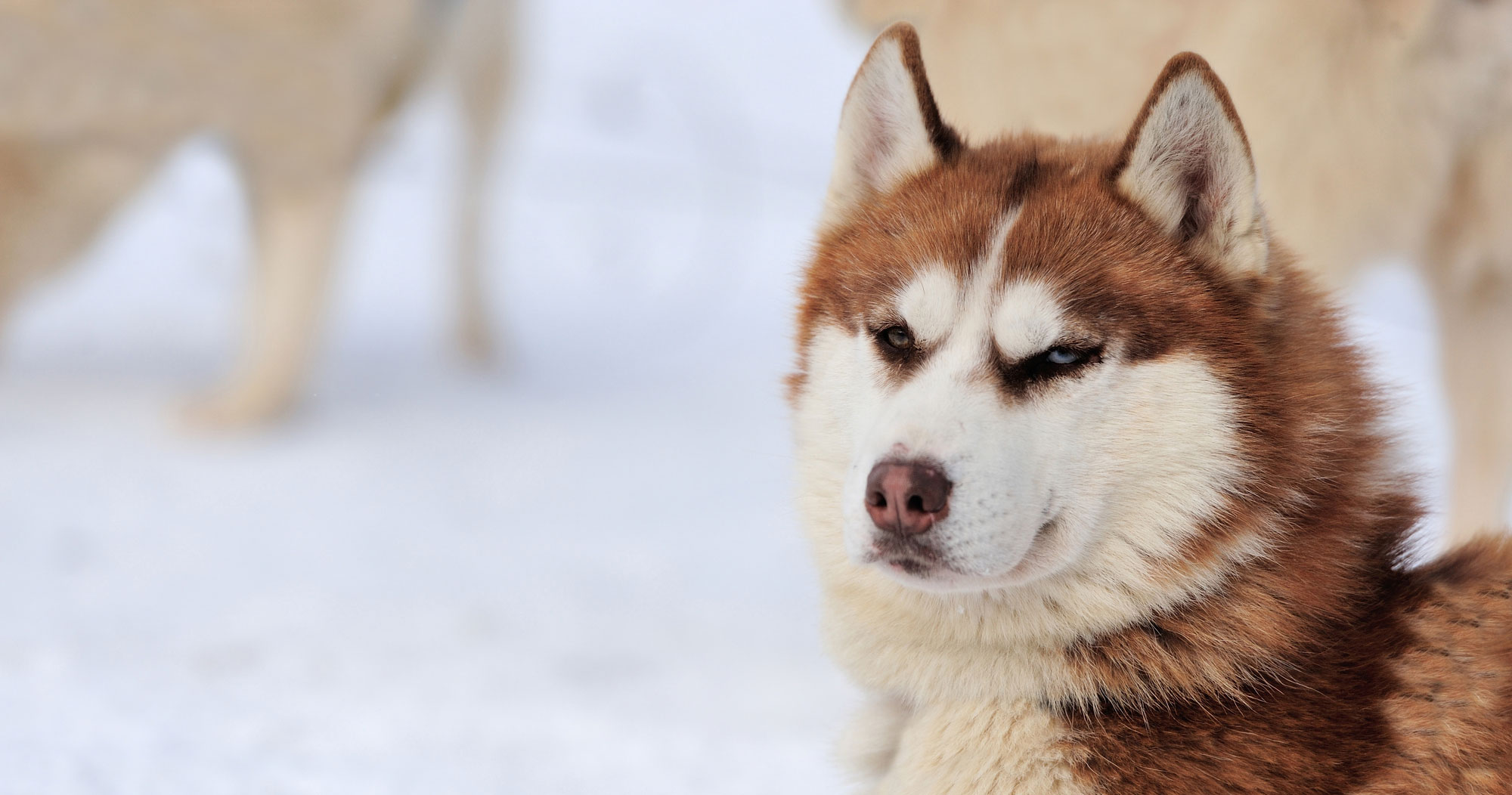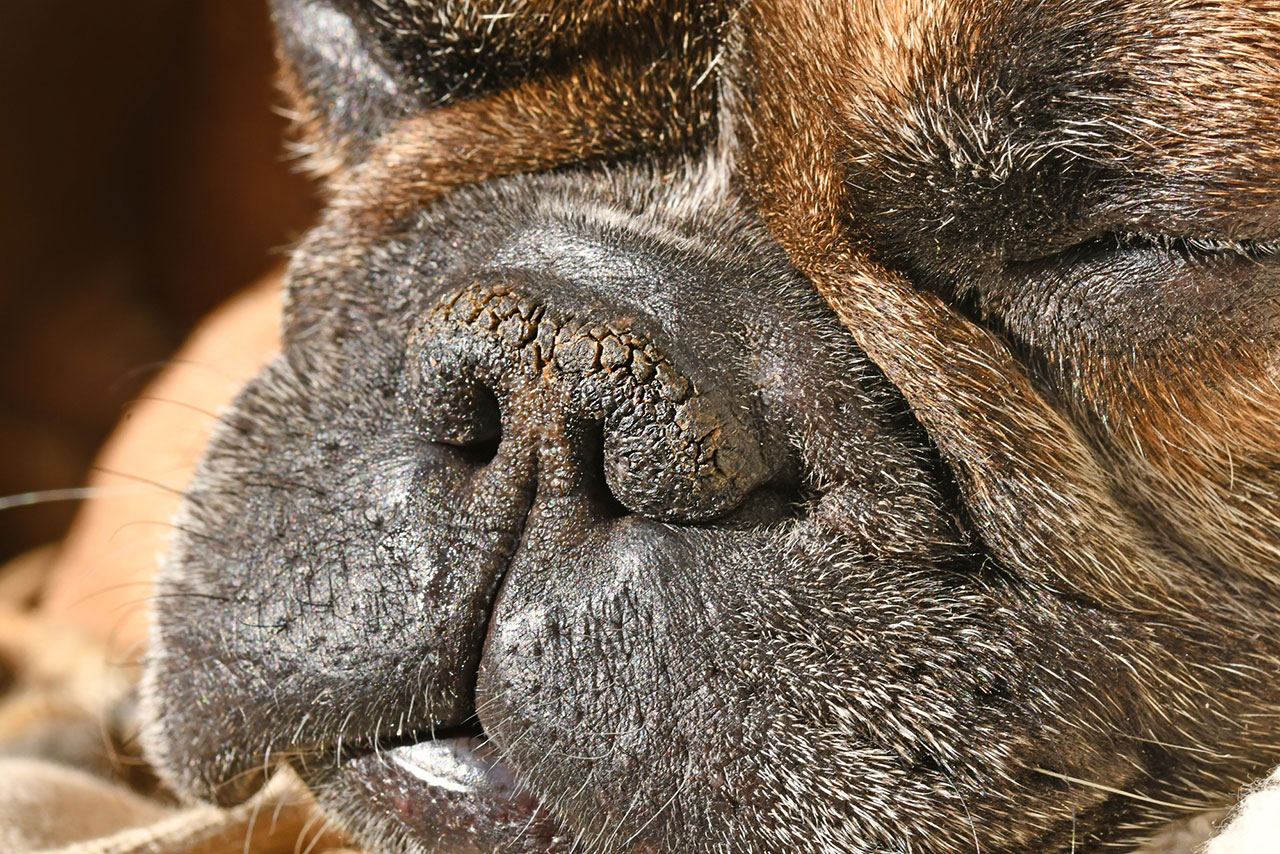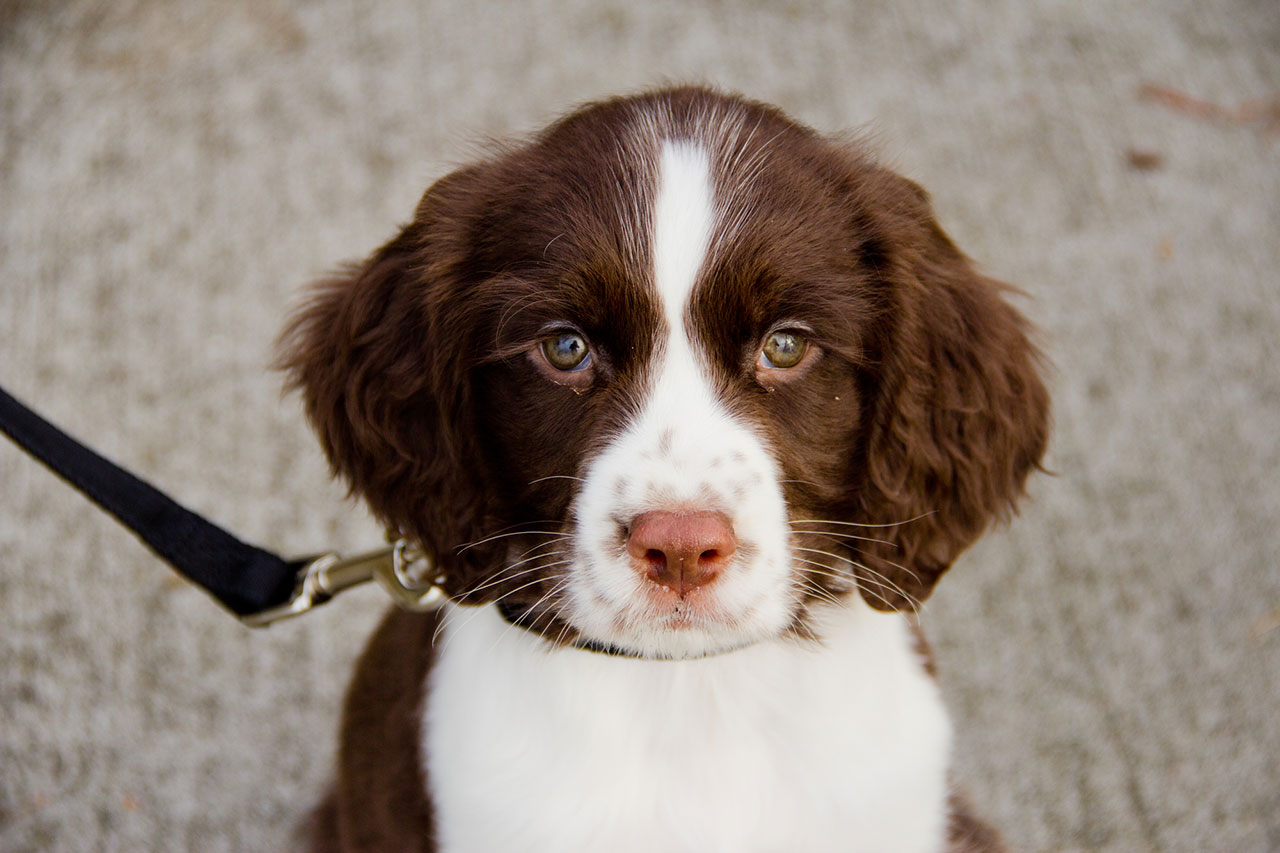What Dog Breeds Have Pink Noses?
When it comes to our furry friends the dog, there is no one-size-fits-all answer to the question of what color their nose should be. There are a variety of factors that can influence a dog’s nose color, including breed, health, and even individual variation. However, in general, most dogs have black noses.
There are a few exceptions to this rule, however. Some breeds of dog, such as poodles and bichon frises, have lighter-colored noses. And some individual dogs may have a nose that is lighter brown nose in color than the average for their breed.
Breeds of Dogs with (or May Have) Pink Noses
- Labrador Retrievers
- Doberman Pinscher
- Irish Setter
- Bull Terriers
- White German Shepherds
- Siberian Huskies
- Cocker Spaniels
- Great Dane
- White Boxers
- Australian Shepherd
- Toy Poodles & Poodles
- Blue Healers
- English Pointer
- Samoyed
- Cocker Spaniel
- Bichon Frise
- Shih Tzu
Nose color can also vary depending on a dog’s health. If a dog has a condition called “pigmentary nystagmus,” their nose may appear to be lighter in color. This is because the condition causes the pigmentation in the nose to break down, resulting in a lighter color.
Pigmentary nystagmus is relatively rare, and it is not typically harmful to dogs. In general as your dog ages their nose will change color slightly. However, if you notice that your dog’s nose has suddenly become lighter in color, it is always best to consult with your veterinarian to rule out any underlying health problems.
In general, though, most dogs have black noses or a dark nose. And while the occasional dog may have a different-colored nose, this is usually nothing to worry about.
Pink Nose
There are a number of dog breeds that have pink noses, including the Poodle, Bichon Frise and Shih Tzu. While some people believe that all dogs with pink noses are albino, this is not the case. Albino animals lack pigment in their skin, hair and eyes, and while some pink-nosed dogs may be albino, most are not.
Pink-nosed dogs often have other physical characteristics that set them apart from other dogs, such as blue eyes or white fur. Some people believe that these dogs are more prone to health problems because of their unusual coloring, but there is no scientific evidence to support this claim. Pink-nosed dogs are just as healthy as any other dog, and they make great pets.
If you’re looking for a dog with a unique coloring, consider one of the breeds with a pink nose. These dogs are just as lovable and friendly as any other, and they’ll make a great addition to your family.
A pink nose on a golden retriever is a very rare occurrence. In fact, there are only a handful of documented cases in the world. While the cause of this condition is unknown, it is thought to be due to a genetic mutation. There are no health risks associated with having a pink nose, and most dogs with this condition live normal, healthy lives. If you have a golden retriever with a pink nose, you should consider yourself lucky!
Golden retriever noses are one of the most distinct features of this popular breed. They are long and narrow, and often have a black or brown pigment on the end. This pigment is called a “nose leather.” There are certain dog breeds that are more prone to developing what is known as a “snow nose.” This is a condition where the tips of a dog’s nose turn pink or brown in color due to exposure to cold weather. While it is not harmful to your dog, it can be quite unsightly.
The most popular snow nose dogs include the Labrador Retriever, Golden Retriever, and Siberian Husky. If you have one of these breeds, you may want to consider using a balm or cream to protect their nose from the cold. There are also special snow nose hats available that can help keep your dog’s nose warm and protected.
Golden Retrievers typically have dark eyes, and their noses may match the color of their eyes. The nose plays an important role in a golden retriever’s sense of smell, which is one of the reasons why this breed is often used as a detection dog. These dogs are also known for their friendly, outgoing dispositions, and their noses may be part of what makes them so social. When you meet a golden retriever, be sure to give him a good sniff!
What is Snow Nose or Winter Nose?
Snow nose or winter nose is a pinkish colored nose that appears on certain breeds during the winter months. In general, snow nose dogs are not at any greater risk for health problems than any other dog. However, if you notice that your dog’s nose is starting to change color, it is important to take them to the vet to rule out any underlying medical conditions.
Snow nose dogs are just as cute as any other dog, so don’t let their unique appearance stop you from enjoying all the fun of the winter months with your furry friend!
The labrador retriever is a breed of dog that is known for its ability to work in cold weather conditions. The breed is also known for its friendly and outgoing personality. This breed is often used as working dogs in fields such as search and rescue, assistance, and therapy. They are also popular family pets.
One of the defining characteristics of this dog is its nose, which is typically black in color. However, some labradors may have a “snow nose,” which is a lighter shade of black. This coat color variation is caused by a recessive gene and is not considered harmful to the dog’s health. Snow nose labradors are just as capable as their black-nosed counterparts and make great pets.
Another name for winter nose is Dudley Nose.
What Is Dry Nose?
A dudley nose is a medical condition that causes the nose to become dry, crusty, with a color change. It is most common in certain breeds of dogs, such as pugs and bulldogs, but any dog can develop this condition. Dudley noses can be caused by a variety of underlying medical conditions, so it is important to take your dog to the vet for an evaluation if you notice this change in his nose. Treatment will depend on the underlying cause.
What Is Liver Nose?
One of the most distinctive physical features of the liver nose dog is its nose, which is liver colored. Obviously! The coat of the liver nose dog is also typically thinner and softer than that of other dogs, and it may have a tendency to shed more heavily. The liver nose dog can be prone to health problems related to its unique facial structure, including respiratory difficulties and problems with its teeth and eyes. Some liver nose dogs also experience skin problems due to their thin coats. Liver nose dogs can be very intelligent and trainable, and make great family pets.
One of the most distinctive features of the Bernese mountain dog is its nose. The breed standard calls for a black nose, and most Bernese mountain dogs have this coloration. However, some dogs may have a brown or liver-colored nose. This is perfectly normal, and does not affect the dog’s health in any way.
Bernese mountain dogs make great family pets. They are loyal and affectionate, and love to play. They are also very intelligent, and easy to train. However, they do require a lot of exercise, and need plenty of space to run around. If you’re looking for a big, friendly dog to add to your family, a Bernese mountain dog might be the perfect choice!
The Bernese mountain dog’s coat is another key feature. The breed standard calls for a tri-color coat, which means that the dog should have black, rust, and white markings. The coat is thick and long, and sheds a lot. If you’re looking for a low-maintenance dog, this isn’t the breed for you!
If you’re interested in adding a Bernese mountain dog to your family, be sure to do your research. This breed is not for everyone, and it’s important to make sure that you’re prepared for the challenges that come along with owning one. However, if you’re up for the challenge, a Bernese mountain dog can make a wonderful addition to your home.

